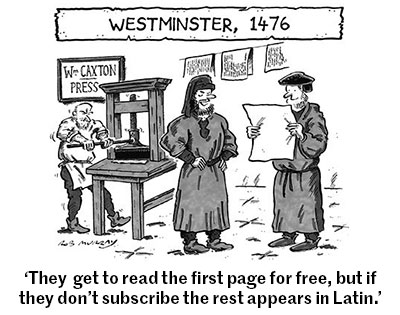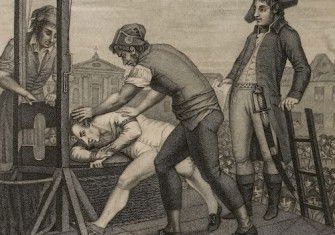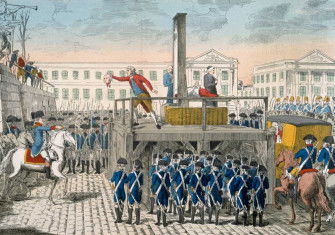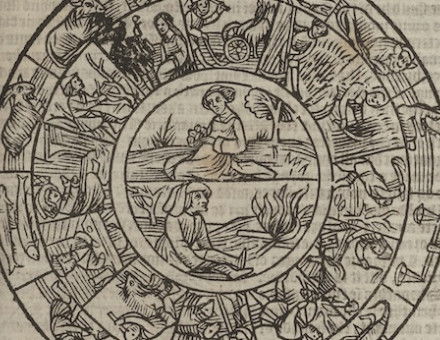Maximilien Robespierre: Terror and Oranges
Liberté, égalité, fraternité – oranges? What does Maximilien Robespierre’s fondness for citrus fruit reveal?
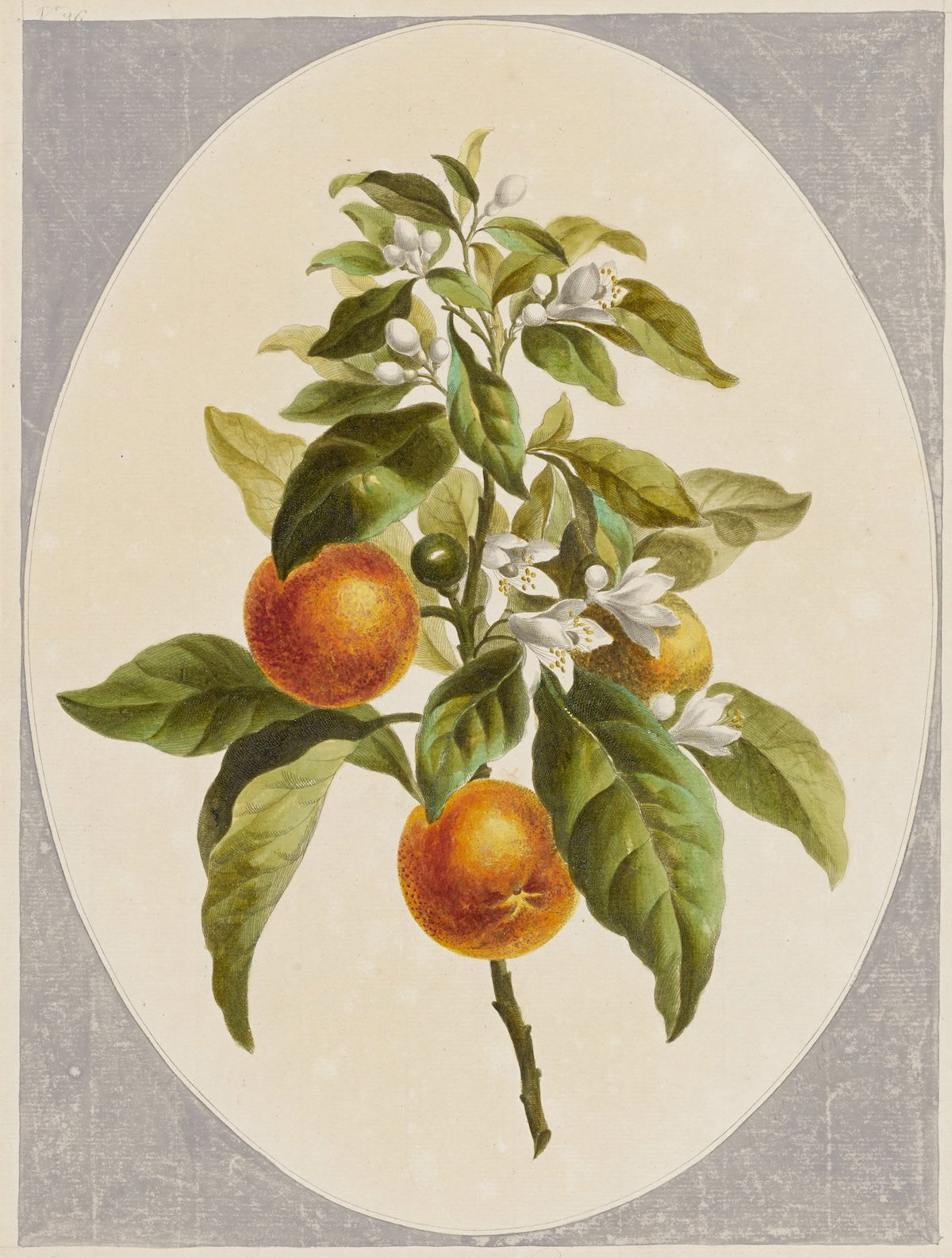
Oranges might seem an unlikely revolutionary symbol. Yet in the most radical phase of the French Revolution, the so-called Terror of 1793-94, they took on an intriguing ideological significance. They did so in two separate ways that nonetheless came together: firstly, citrus fruits, including oranges, were an important crop from the Midi, or south of France, a region in the bloody throes of civil war between locals loyal to the Jacobin government in Paris and the various counter revolutionary forces trying to overthrow it. The fighting was bitter and often interrupted the harvesting and transportation of foodstuffs to the north of France. So, the trading and consumption of oranges (and olive oil and wine) in the capital was a tacit affirmation that the Jacobin government was prevailing and that the extended French Republic remained, against the odds, one and indivisible. This vision of an indivisible, triumphant Republic, founded on the infallible virtue of the revolutionary peuple, was most incarnate at the time in the person and politics of one particular deputy, or representative, in the National Convention: Maximilien Robespierre.



